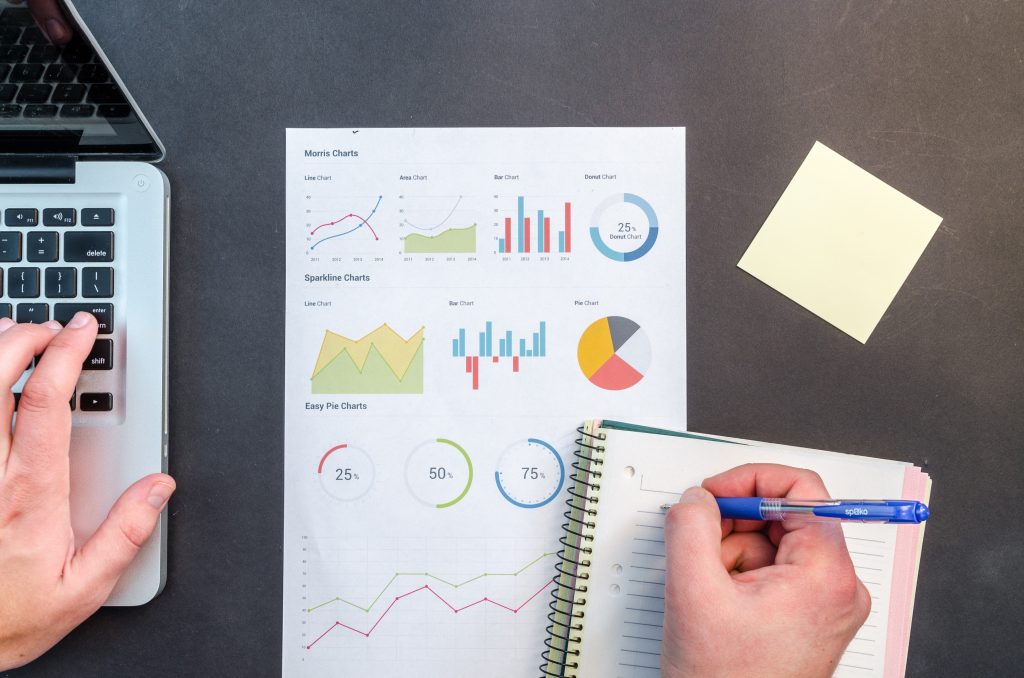We live in a century where data is becoming more and more prevalent each day. Today knowing how to effectively do a data analysis will mean more success in your career and personal life as well. There is varying levels of data analysis however people from all walks of life and levels are using it for purposes like answering business solutions, selecting stocks and even doing an evaluation of their monthly expenses. So the uses are clear but the question still remains: “How to effectively do a data analysis for the best results?”

Here are some suggestions to get you out of this rut:
1. How to effectively do a data analysis means first understanding your problem
No matter how much data you have and analyze – you are going absolutely nowhere if you don’t know what you are trying to solve. The first step in how to effectively do a data analysis is therefore to know what your problem is. What are you trying to solve? and how will the data available help get you to a solution? once you answer these questions you can then spend your time efficiently choosing the right data sources and analysis. Remember to work smart and not hard.
2. Check your data
As with the above case; no matter how brilliant you are at data analysis – the results are likely to be meaningless unless your data is accurate. Therefore the next critical step for how to effectively do a data analysis is to check the reliability of your data sources. In more advanced cases; such as engineering industries – a system known as gauge R&R is usually used to determine the accuracy of the data sources. For simpler cases – just ensure that you know where your data comes from and that you are happy to use it. This part of the process also includes removing unnecessary data (“also known as the cleaning up”) or looking for anomalies (“outliers”) to exclude.
3. Get your data in a useable format
A big part of how to effectively do a data analysis includes getting your data into a useable format. This includes ensuring the format is accurate, tables are easy to work with and data is uniform across the board. Database systems such as Access is suitable for larger data sets however Excel is also a great tool. There are various data science tools available as well, however that is a story for another time.
4. Analyze and visualize your data
The final and most exciting step for how to effectively do a data analysis is to start analyzing and visualizing your data. Excel is usually used for this however more sophisticated applications require the use of programming languages. Your data should be presented in the best way possible; this is so that you or any other interested party can easily gauge the results even if they are not technologically inclined. Remember to always do sanity checks at this stage which may require you to go back to step 2&3.
5. Interpret the data and make better decisions
This part of the process involves utilizing your problem solving abilities and skills of deduction. Depending on what it is you are evaluating; look at the trends and relationships which answer the question you initially stated. If the data seems inaccurate check step 4 again as part of a sanity check. You will find the effects of all your hard-work visible when you are able to make better and meaningful decisions, using the power of data.
To learn how to fully achieve success in all facets of your life, read: Applying A Growth Mindset To Achieve Success





